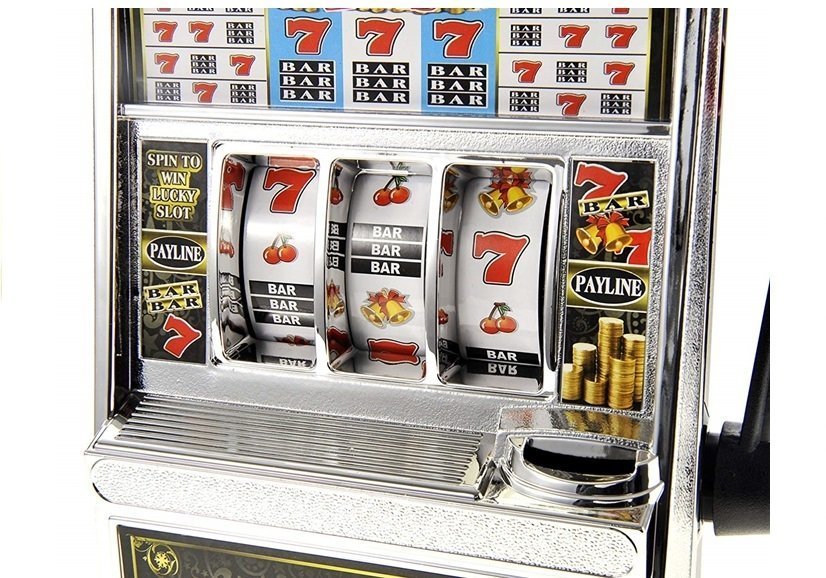Labview Slot Machine Sounds
The LabVIEW software platform allows engineers to create a wide variety of virtual instruments, or VI, that allow the analysis, testing and design of different machines. Measuring sound is ideally done with the LabVIEW add on, Sound and Vibration Toolkit, which provides several VI for measuring sound signals. Depending on what kind of input you want to measure and the output that provides useful data, there are unlimited configurations within LabVIEW. However; the basic setup for each type of measurement you perform is the same.
Casino ambience - slot machine music and effects, buttons, coin chinking, background walla. These are the sounds made when a slot machine row stops at a “winning” icon, like a cherry or “777”. These are intended to stack and play sequentially as rows stop and rewards are earned. 6 Files.wav 105kb / ea.
Instructions
Sound Signals Measurement Setup
Labview Slot Machine Sounds Downloads
1. Determine the sound signals you want to measure and pick a virtual instrument within LabVIEW to produce the sound, or a real-world sound producer such as a microphone. Attach your sound device to the computer, if applicable.


3. Right-click on the output device in your block diagram, then click 'Create.' Pick the name of the indicator from the Sound and Vibration palette, such as 'Waveform,' to display a graphical representation of the sound measurement on the front panel.
Configuring LabVIEW to Measure Hardware Input
